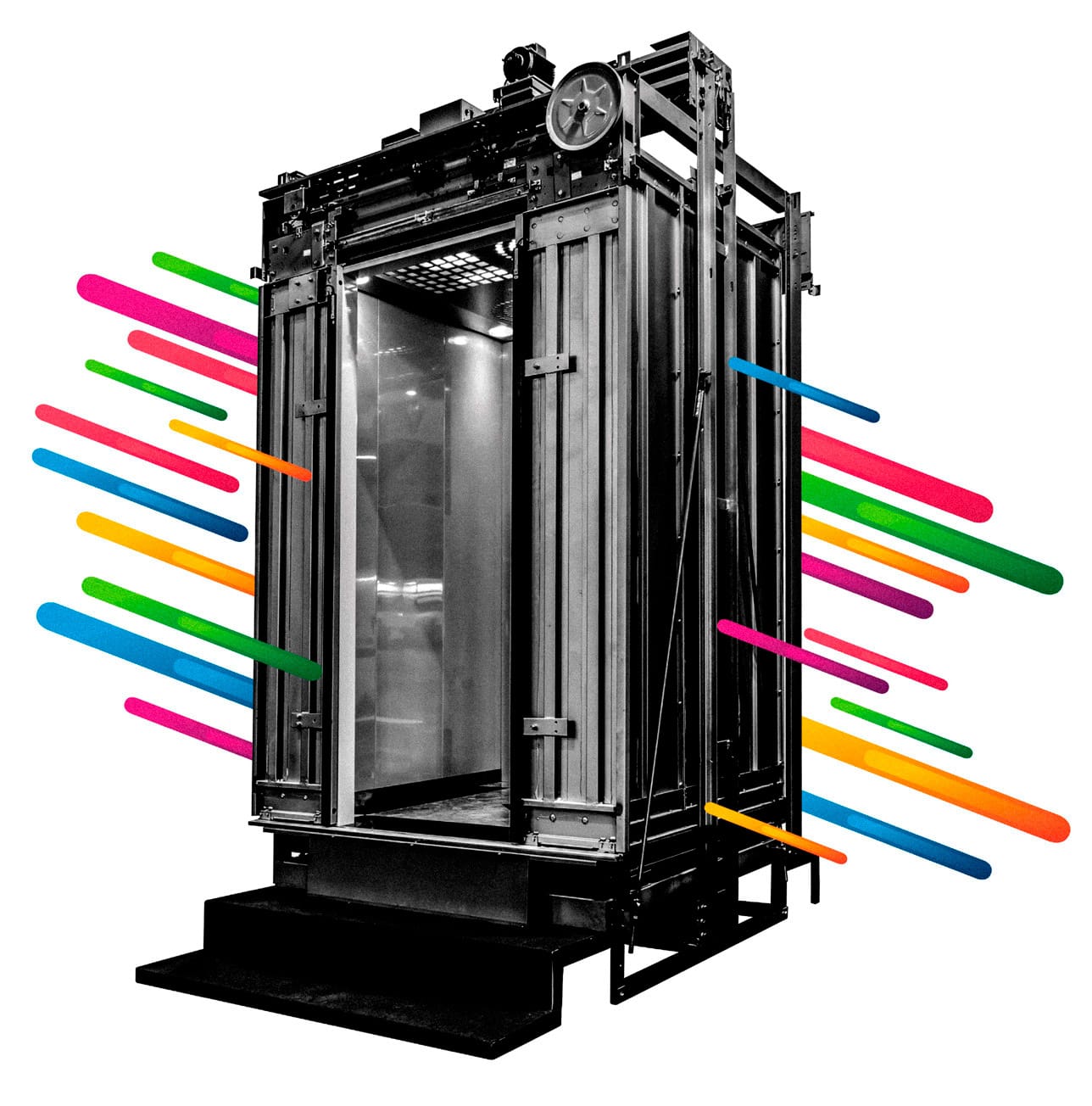Ensuring Long-Term Iiot Success
Oct 1, 2019

What to know and ask when considering digital transformation
The benefits of undertaking a digital transformation for building-transportation professionals are well-known and cannot be overstated. From enhancing operational efficiency and predictive maintenance, to creating new revenue streams, implementing technologies like the Industrial Internet of Things (IIoT) has the power to significantly improve the way one does business.
By now, most people know what the IIoT is in the abstract, and many companies are moving to implement it.
While building-transportation suppliers and maintenance organizations can see real benefits from these technologies, it’s not as simple as setting up some sensors and pushing a button. In fact, deciding to undertake a digital transformation is just the first step of the process. Before any sensors or technologies are in place, one must first define the desired business outcomes for their organization, as well as identify return on investment (ROI) expectations.
To Buy or Build?
One of the first questions a business should reflect on is if it should buy or build the solution. In other words, does the business have the time and resources to build it in-house, or should it work with an experienced
third-party partner? According to a Forbes “Insights” report, it took businesses, on average, 1.25 years longer to develop and deploy IIoT platforms than those that worked with expert partners. And, unfortunately, many companies realize they require additional expertise during the development phase, when it’s more difficult to pivot.
To fully understand the elements needed for successful implementation, there are four key areas to evaluate during the decision-making process:
- Do I have the time to undertake the project internally? Regardless of the size, any IIoT implementation takes time and planning for how it will impact your business in the short and long term. Beyond the orchestration of the technologies, there will also be ongoing support and maintenance of systems. Be sure to take all of this into account, along with how you would manage staff-training expenses and possible glitches or setbacks along the way.
- Does my team have the necessary skills and expertise? From pilot programs to full transformations, you’ll need a dedicated team from the start to ensure functionality and stability of your technology. This includes solution architects and software and hardware teams, all the way to the technicians installing technologies in shafts or buildings. After installation, you’ll also need a team to ensure the security of your infrastructure and correctly.
- Do I have the resources on staff to conduct the project (and can I afford to take those resources off current initiatives driving business results)? While the IIoT can have transformative results, many companies underestimate its complexity. Even if your team has the technical skills to build, install and maintain your IIoT infrastructure, be sure to consider if you have the bandwidth to pull them away from their regular responsibilities at the core of your business.
- Can my IIoT solution scale and keep up with ever-evolving technology? IIoT solutions are never truly finished. It’s crucial to build your solution so you can adapt it to new advancements over time, as well as scale it throughout your organization. This is especially true for elevator management and service providers; implementations typically involve retrofitting elevator cars and shafts with highly technical sensors intended to detect even the slightest anomalies in noises, vibrations, luminosity, temperature and power supply. As new buildings are erected, and technology advances, it’s vital your solution is flexible enough to keep up.
For companies that specialize in inspections and long-term management of elevators across hundreds — if not thousands — of locations, it can be difficult for an IIoT infrastructure computing on the edge to continue supporting one protocol as the number of connected lifts increases. In addition to ensuring compatibility, middleware sustainability and network limits, unless one has the required resources, most do-it-yourself solutions can’t accommodate the sheer amount of data produced and the resulting complexity.
How Long Should Digitization Take?
One of the biggest concerns for businesses on the cusp of implementing the IIoT is the risk factor. Not only does the IIoT involve significant time and financial investments, but for many in the building transportation industry, it also represents uncharted waters. Some companies are OK with a total transformation and completely switching their business models; others prefer to mitigate presumed risks by taking smaller, more incremental steps.
While there are insurance-backed solutions and warranties that act as a safety net to guarantee your desired business outcomes, the IIoT isn’t “one-size- fits-all” and takes into account many variables specific to a company. Whether you press the reset button and shift quickly, or roll out changes in phases, consider breaking down your business objectives into micro- goals. This offers a case-by-case basis to reassess, measure progress and make any adjustments, if needed. It also allows companies to show success to internal stakeholders.
To establish the most practical micro-goals for implementation, one must start by determining the critical elements needed to help them reach their business objectives. This will be a roadmap, which can be used to plot out specific milestones.
For example, let’s say a business maintains a variety of elevator models and units that are all in different conditions and across several locations. The desired business outcomes are to increase revenue by predicting maintenance needs so the business can deploy service teams as needed. When deployment starts, however, what works in one location, or with a different type of unit, may not have the same results in another building. By including micro-goals in a timeline, one can account and pivot for these types of hiccups.
Starting the Journey
The benefits for building transportation companies to connect existing units to be able to identify problems and necessary maintenance issues in advance are clear. But it’s important to remember that this is not just bringing on a tool or a quick fix; this is the beginning of a journey. Implementing IIoT can be a complex and time-intensive process that requires many resources. Therefore, it’s essential to approach any IIoT implementation from all angles and be sure to ask the right questions from the beginning.
Get more of Elevator World. Sign up for our free e-newsletter.








